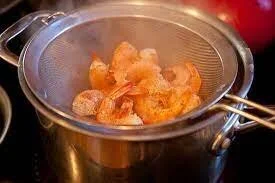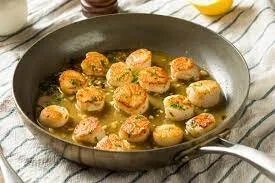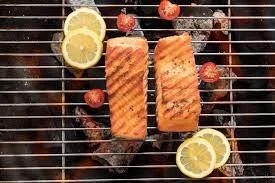
Flavors of the Sea
Crustaceans
Common crustaceans include crabs, lobster, shrimp and prawns. They have a smooth, firm to soft, white appearance with a mild sweet savory flavor.
Fish
There are many unique species with a wide range of flavors. Some are lean with white or pink flakey meat, these tend to have a mild sea flavor. While some contain more fat and oil giving it a stronger more distinct fish flavor.
Shellfish
These delightful seafoods have a semi sweet and briny flavor. They often have a soft, tender texture with a center that will feel like it melts in your mouth. They are the best when served fresh. The most common types are mussels, oysters, clams and scallops.
Ways to cook seafood:
-
Steam
-
Bake
-
Sauté
-
Grill
-
Broil
-
Fry
Nutritional Benefits
Calories and Protein
Considered a low-calorie protein source, it is recommended by the FDA to eat 4 oz. servings 2-3 days per week. For Children at 2 years old 1 oz. servings an increases with age.
Fat and Cholesterol
Rich in omega-3 fatty acids, seafood is considered to be low in saturated and total fats. Even fish with the highest fat content have 15% or less in fat. Per 3-ounce cooked serving almost all fish and shellfish have less than 100 mg of cholesterol, the leaner fish types have less than 60 mg.
Vitamins and Minerals
Contains a good source of B-Complex vitamins, Vitamin D and Vitamin A (higher in oily fish). Also, rich in minerals such as selenium, zing, iodine and iron.
**Selenium is a antioxidant that may help to counter the negative effects of mercury
Health Benefits
Heart
Reduces the risk of cardiovascular disease, decreases blood triglyceride levels while increasing HDL (good cholesterol), improves heart circulation
Brain
Contributes to neurological development in infants
Muscles and Bones
contributes to development and strengthening for bone, muscle and tissues
Eyes
Helps with nerve growth in the retina and vision development





